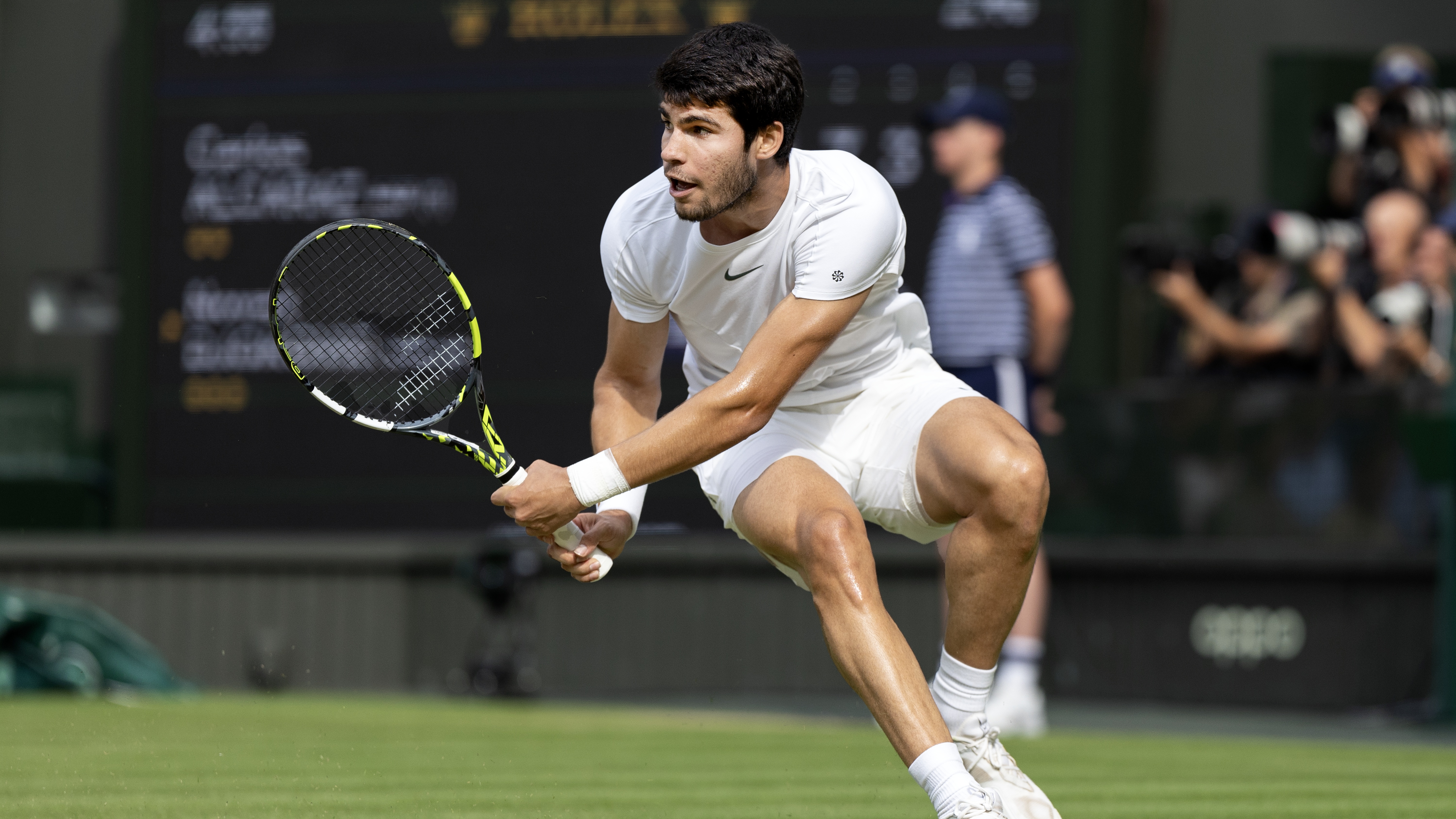Wimbledon's AI Challenge: Are Line Judges Losing the Match?
The Rise of AI in Tennis: A Game-Changer?
Wimbledon’s adoption of AI technology in line judging is setting a transformative precedent in the world of tennis. This change was motivated by the pursuit of precision and fairness. The AI system, equipped with state-of-the-art sensors and computing power, promises to deliver decisions with unprecedented accuracy, reducing human error effectively.
"Incorporating AI in Wimbledon is like having an unerring eye on every ball. No human could match the precision it offers." – Tennis Technology Analyst
Players’ Concerns: Is AI Fault-Proof?
Despite these advancements, players like Emma Raducanu have voiced legitimate concerns over AI's line calls. These incidents spotlight potential blind spots in AI technology, questioning its efficacy amidst the fast-paced dynamic of a tennis match. Raducanu's critique highlights that even cutting-edge technology hasn't attained absolute perfection.
AI vs. Human Judgment: The Debate
While AI is lauded for its ability to process data swiftly and accurately, the human element of judgment remains critical. Numerous enthusiasts and professionals argue whether technological reliance is stripping tennis of its human nuances. It's worth noting that the margin of error is still a reality, and emotional responses can sway perceptions of AI's infallibility.

Balancing Technology and Tradition
To harmonize technological advances with tradition, tennis must embrace AI while continuously refining its algorithms to ensure fewer discrepancies. Initiatives to blend AI interface advancements and concessions for human oversight could mitigate current challenges.
- Regular updates to AI systems help adapt real-time changes.
- Implementing a hybrid model involving human override options ensures comprehensive decision-making.
- In-depth training for players and coaches on interacting with AI judgements.
The Way Forward: Enhancing Player Experience
Going forward, it’s essential for tennis bodies to prioritize clear communication about how AI adjudication works. Transparency is key in building trust among players and audiences. In the meantime, enthusiasts can explore insightful YouTube videos detailing AI’s role in tennis and delve into books exploring the technological evolution of sports.
Technology’s growing footprint in sports like Wimbledon presents a compelling narrative; one where tradition meets innovation. While the advent of AI line judges promises an exciting spin to tennis, the onus rests on governing bodies to navigate this transformative journey wisely. Engaging digital communities, hosting forums, and leveraging social narratives could pave the path to an enhanced AI-tennis synergy.
